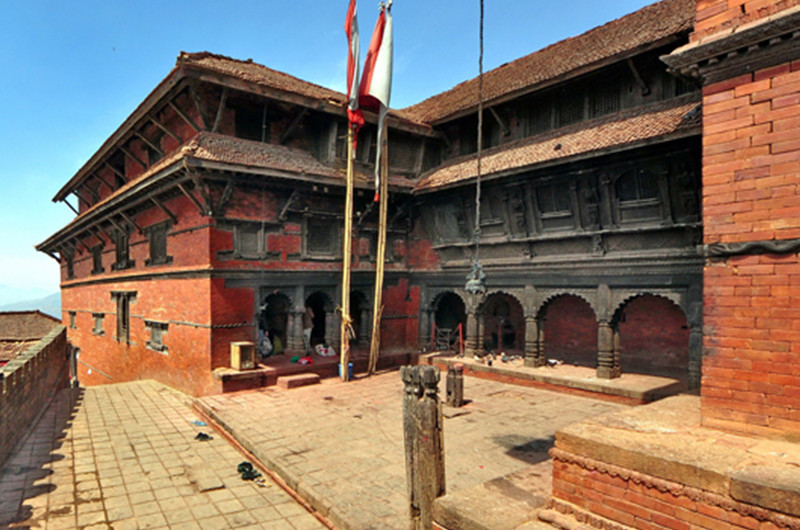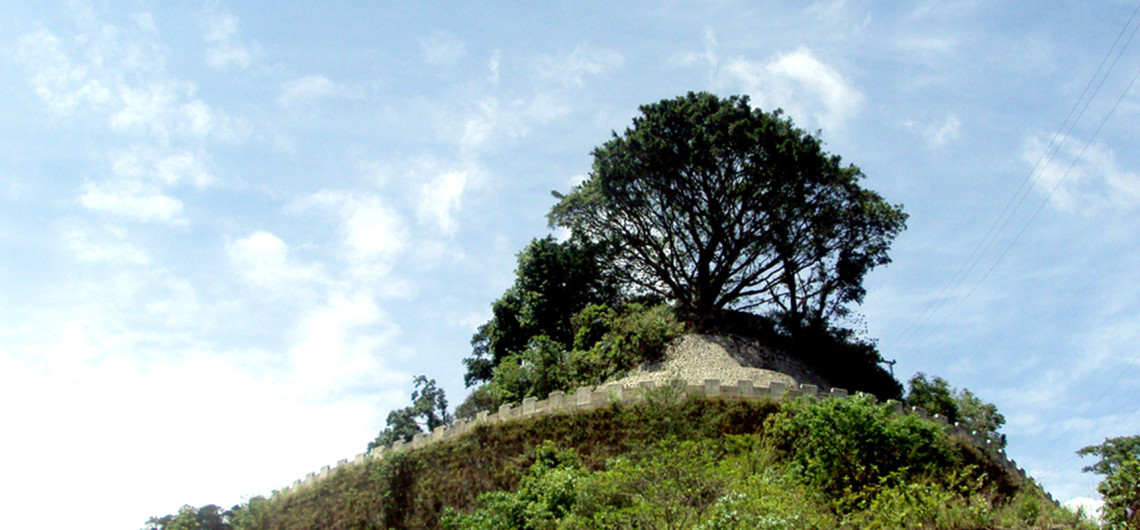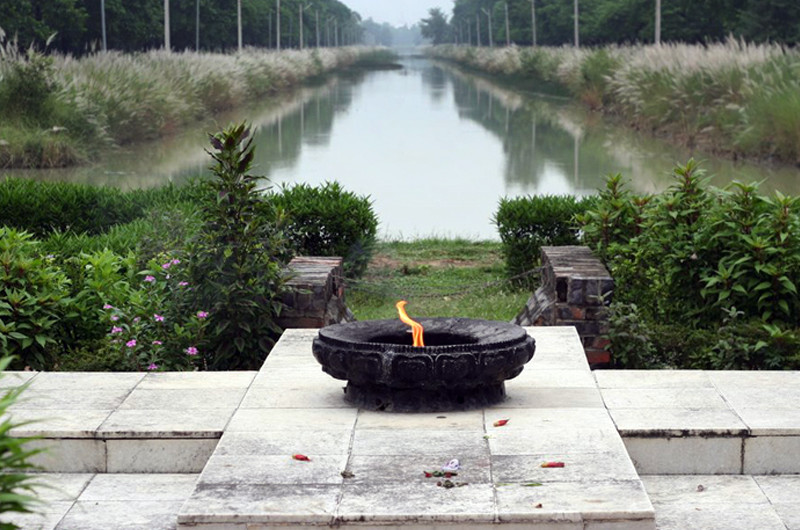Gorkha Palace:
Visit the Gorkha palace here to begin your sightseeing of the region. Climb the palace steps from the bottom of the hill, all the way to the top, climbing about one thousand seven hundred steps (1700), in about two hours. That’s some hiking to do! If you get tired sit down on a step or think how much easier the trip down will be! You will be glad you got to the top. On a clear sky day, you can view Himalayan range including spectacular view of Manaslu and Himalchuli Mountains, and panoramic views of the valleys.
Also view the palace building, one of Nepal’s historical landmark, some buildings have interesting wood carvings portraying various romantic scenes. Also view the temple of Goddess Gorakhkali residing on the west side of the palace. To view sunrise from the palace, climb very early in the morning.
King Prithivi’s Birthday Celebration:
On King Prithivi’s birthday, which is a national Nepali holiday known as Prithivi Jayanti , various celebrations are held throughout Nepal, one of which is held in Gorkha bazaar located at the foot of the hill. So if you happen to visit Gorkha on that day, observe that event as well. Prithivi Jayanti is on 27th of January ( 1st of Poush, according to Nepalese Annual Calendar).
The King’s statues are found in many places in Nepal which many visitors find of interest to observe. Many places are dedicated to his name, for example Prithivi Chok (Cross Road) in Kathmandu, Prithivi Chok in Pokhara, Prithivi Chok in Bharatpur, and the Highway connecting Kathmandu with Pokhara and then to Baglung is called Prithvi Highway. Photos and Portraits of the King have his right-hand’s first finger pointing up, signifying that Nepal is one kingdom (or in Nepali, the meaning is `We all come together as one’). His statues have that characteristic.
Dashain Jamara Procession:
During Nepal’s popular festival Dashain, Jamaras are brought from the Gorkha palace to the modern Narayanhiti Royal Palace in Kathmandu. The King Prithivi Narayan Shah had moved the capital of Nepal from Gorkha to Kathmandu, and he is the founder of the Shah dynasty. Jamaras from Gorkha are used by the Royal family as a blessing from the King and above! On the Dashain Fulpati Day, there is a Royal Army parade, Fulpati procession to Gorkha Durbar and other activities of religious and cultural interests which visitors may find interesting to observe. For more on Jamaras and Dashain see Dahsain festival (The 7th Day of Dashain).
Popular Trekking from Gorkha:
If you seek to trek from Gorkha, there is nowhere a better place to taste some of Nepal’s hillside experience than from Gorkha. You can chose to trek from Gorkha to Kathmandu or Gorkha to Pokhara, However, the most popular trekking from Gorkha is from Gorkha to Pokhara, which is of 10 days. First day, arrive at Gorkha Bazaar, complete sightseeing of the Gorkha palace, then from the second day onwards start trekking from Gorkha – Luitel – Hirmantar – Tarughat – Besisahar – Ghattekhola – Gharpokhari – Rupatal – then arrive Pokhara on the 10th day, then extend a few days of trekking or sigtseeing in and around Pokhara.
Gorkha Bazaar:
It is primarily a cobbled street market place where by people from neighboring hill dwellings come to trade. There are a few temples near about, but not much. Yet, it is worth a visit as it provides a very good vista of the quiet charm that soaks a typical hill village of Nepal.
Gorakhnath Cave:
Ten meters below the palace’s southern side, is the sacred cave temple of Gorkhanath. The cave is is carved out of the solid rock and is among the most important religious sites for mainstream Brahmins and Chhetris of Nepal. Gorkha is also an alternate starting point for a few trekking routes in the region. Gorkha-Trisuli is an easy three day walk along unspoiled Nepali country side. One can also walk a long day’s walk to Besishahar, which is the usual starting point for Annapurna and Manang area treks. One can also walk through Besishahar area to Pokhara in a four days.
Upallokot: It is situated at a 20 minutes walking distance from Gorkha palace.There is a viewing platform at an altitude of 1520 meters in Upallokot from where the spectacular view of Gorkha palace and the sliver shining snow-fed peaks can be enjoyed.
Manakamana:
On a beautiful ridge south-east of the township of Gorkha lies the holy temple of Manakamana, the holy goddess of aspirations. It is a famous pilgrimage site for Hindus. Manakamana is 4 hour’s walk uphill from Anbu Khaireni on Kathmandu-Pokhara Highway. The new democratic constitution of the kingdom was promulgated on November 9, 1990. Nepal is one of the founder members of South Asian Association for Regional Cooperation SAARC of which the third summit was held in Kathmandu in November 1987. Visiting the Manakamana Temple by cable car is one of the major attractions of the region.


